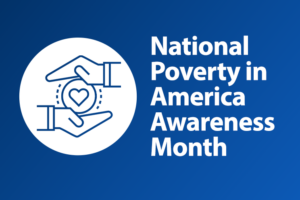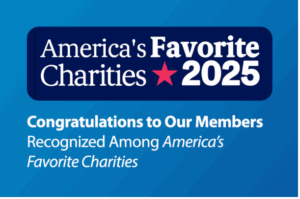Sarah Ford | October 14, 2014
How the Charitable Sector Keeps Us All Afloat
By Mark Rosenman
As social and environmental problems grow worse and the resources to address them are stretched thinner, nonprofit organizations and foundations have to make hard strategic choices about where best to intervene. In effect, they need to think about their distinctive societal role when considering their options. While experienced staff, veteran board members, and expert consultants struggle with those decisions, there’s an apocryphal tale that many at a recent Alliance of Arizona Nonprofits meeting found useful in terms of framing the problem.
But first, what is the distinctive role of the charitable sector in American society? That question has become more complicated with the emergence of for-profit conversions, social-benefit corporations, social impact bonds, and other types of hybrid organizational structures and market finance schemes that blur the lines between the not-for-profit and for-profit sectors.
Based on years of personal polling from the back seat of taxicabs, I have come to realize that the American public thinks charitable organizations are all about voluntarism, sacrifice, and donated income in service to those in need. Clearly, that’s not true these days for large swaths of the charitable sector . What, for instance, makes a nonprofit daycare center different from a for-profit one just across the street?
When I ask them the question, nonprofit leaders most often say their organizations provide services to those who can’t afford to buy them. But when you consider the increasing prevalence of third-party payers, subsidies to service users, and contracts and grants to service providers and the preferential tax treatment they often receive, along with the fact that fees-for-service generate the lion’s share of charities’ income, this “market failure” rationale doesn’t hold up very well.
The nonprofit leaders I’ve spoken to also say their organizations, as distinct from businesses, do much to improve civil society in the U.S., though they rarely provide specific examples ofhow their organizations do this. Similarly, nonprofits claim a distinction between sectors with regard to a strengthening of democracy, though few can point to related activities beyond their own governance.
A final distinction seems more significant: nonprofit leaders often point out that for-profit businesses are all about increasing the market for their products, while nonprofits typically work to reduce and eliminate societal need — although, again, most aren’t able to say how their organizations actually do this. Still, it points to a compelling difference between the two sectors, especially when linked to nonprofit efforts to strengthen democracy and civil society.
And it’s exactly at that juncture, reducing need and strengthening democracy, that nonprofits attain their distinction and fully realize their extraordinary value across the full range of charitable missions.
Which brings me to my tale.

Get Resources and Insights Straight To Your Inbox
Explore More Articles
Congratulations to Our Members Recognized Among America’s Favorite Charities
Each year, The Chronicle of Philanthropy releases its list of America’s Favorite Charities—the 100 nonprofits that raise the most from individual donors, foundations, and corporate…
Read ArticleGet Resources and Insights Straight To Your Inbox
Receive our monthly/bi-monthly newsletter filled with information about causes, nonprofit impact, and topics important for corporate social responsibility and employee engagement professionals, including disaster response, workplace giving, matching gifts, employee assistance funds, volunteering, scholarship award program management, grantmaking, and other philanthropic initiatives.




